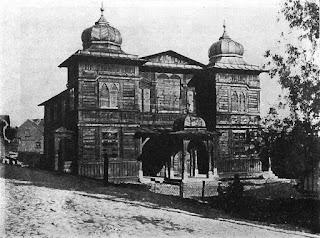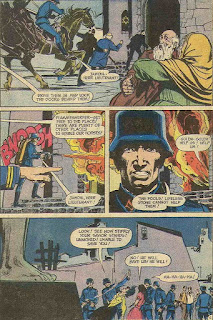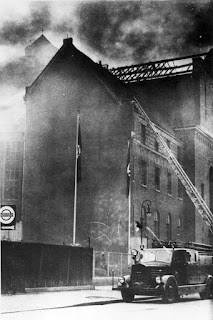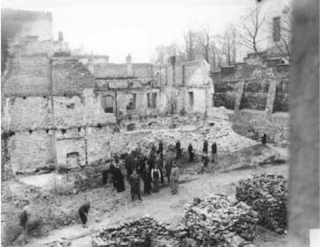Sierpc, Poland September, 1939 The German army entered the town o Sierpc in September, 1939. On the night of the 29th of September, the second night of Sukkot, they set fire to the largest synagogue in town. ( Virtual Shtetl ) Hela Lipstapad-Izakowicz relates that some Jews, her father included, tried to put out the fire but could not do so. One was killed by the Germans during the attempt: "A certain yeshiva student, the son of Farber, who forced his way into the synagogue with self-sacrifice, was shot by the Germans." ( Yizkor Book ) Another townsperson, Beila Rabinowicz, recalled the awful night: "I will never forget the great fire that spread through the Jewish streets when the Germans set the synagogue on fire. We ran to a neighbor. From there, we looked out the window. Suddenly, my father shouted, 'Children, look. The Holy Ark is tumbling down.' We heard a shot. Victims who ran to save the Torah scrolls fell." ( Yizkor Book ) This eve







